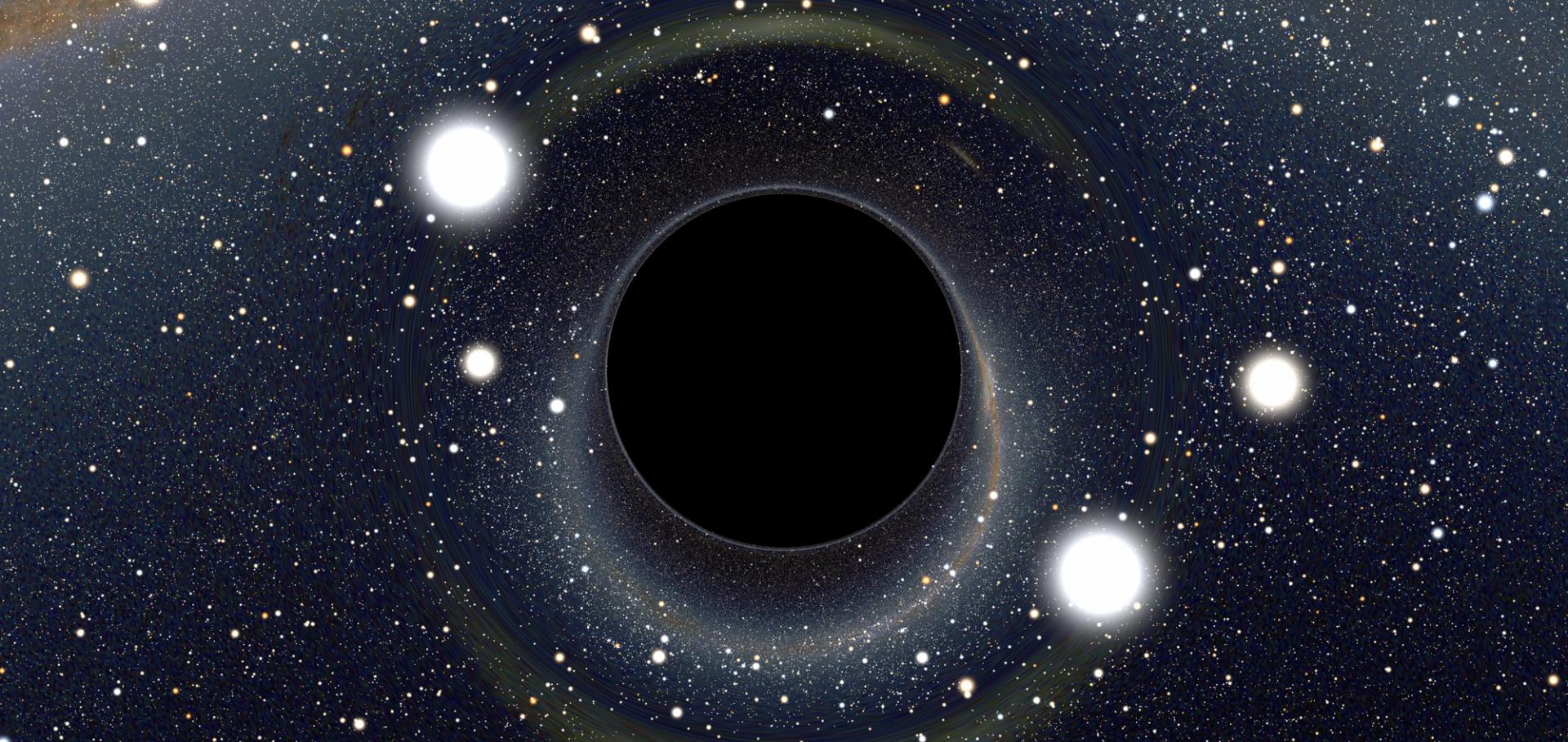TP-AGB stars and stellar population properties of a post-starburst galaxy at z ∼ 2 through optical and near-infrared spectroscopy with JWST
Astronomy and Astrophysics 699 (2025)
Abstract:
We present a detailed optical and near-IR (NIR) spectral analysis of J-138717, a post-starburst galaxy at z = 1.8845 observed with JWST/NIRSpec, for which we derive a stellar mass of 3.5 ± 0.2 × 1010 M and a stellar velocity dispersion of 198 ± 10 km s−1. We estimate an age of ∼0.9 Gyr and a subsolar metallicity (between −0.4 and −0.2 dex). We find generally consistent results when we fit the optical and NIR wavelength ranges separately or with different model libraries. The reconstruction of the star formation history indicates that the galaxy assembled most of its mass quickly and then quenched rapidly, ∼0.4 Gyr before the observation. Line diagnostics suggest that the weak emission is probably powered by residual star formation (star formation rate ∼0.2 M yr−1) or a low-luminosity active galactic nucleus, without strong evidence for outflows in ionized or neutral gas. We performed a detailed study of the NIR spectral indices by comparing observations with predictions of several current stellar population models. This is unprecedented at this high redshift. In particular, the analysis of several CO and CN features argues against a strong contribution of thermally pulsating (TP) asymptotic giant branch (AGB) stars. The observations agree better with models that include very little contribution from TP-AGB stars, but they are also consistent with a mild contribution from TP-AGB stars when a younger age, consistent with the fits, is assumed. The analysis of other NIR spectral indices shows that current models struggle to reproduce the observations. This highlights the need for improved stellar population models in the NIR, especially at young ages and low metallicities. This is most relevant for studying high-redshift galaxies in the era of the JWST.INSPIRE: INvestigating Stellar Populations In RElics – IX. KiDS J0842 + 0059: the first fully confirmed relic beyond the local Universe
Monthly Notices of the Royal Astronomical Society Oxford University Press 540:3 (2025) 2555-2565
Abstract:
Relics are massive, compact and quiescent galaxies that assembled the majority of their stars in the early Universe and lived untouched until today, completely missing any subsequent size growth caused by mergers and interactions. They provide the unique opportunity to put constraints on the first phase of mass assembly in the Universe with the ease of being nearby. While only a few relics have been found in the local Universe, the INSPIRE project has confirmed 38 relics at higher redshifts (), fully characterizing their integrated kinematics and stellar populations. However, given the very small sizes of these objects and the limitations imposed by the atmosphere, structural parameters inferred from ground-based optical imaging are possibly affected by systematic effects that are difficult to quantify. In this paper, we present the first high-resolution image obtained with Adaptive Optics Ks-band observations on SOUL-LUCI@LBT of one of the most extreme INSPIRE relics, KiDS J0842 + 0059 at . We confirm the discy morphology of this galaxy (axis ratio of 0.24) and its compact nature (circularized effective radius of kpc) by modelling its 2D surface brightness profile with a point-spread function-convolved Sérsic model. We demonstrate that the surface mass density profile of KiDS J0842 + 0059 closely resembles that of the most extreme local relic, NGC 1277, as well as of high-redshift red nuggets. We unambiguously conclude that this object is a remnant of a high-redshift compact and massive galaxy, which assembled all of its mass at , and completely missed the merger phase of the galaxy evolution at high redshift.E-INSPIRE - I. Bridging the gap with the local Universe: Stellar population of a statistical sample of ultra-compact massive galaxies at z < 0.3
Monthly Notices of the Royal Astronomical Society Oxford University Press (OUP) (2025) staf516
Abstract:
Abstract This paper presents the first effort to Extend the Investigation of Stellar Populations In RElics (E-INSPIRE). We present a catalogue of 430 spectroscopically-confirmed ultra-compact massive galaxies (UCMGs) from the Sloan Digital Sky Survey at redshifts 0.01 < z < 0.3. This increases the original INSPIRE sample eightfold, bridging the gap with the local Universe. For each object, we compute integrated stellar velocity dispersion, age, metallicity, and [Mg/Fe] through spectroscopic stellar population analysis. We infer star formation histories (SFHs), metallicity evolution histories (MEHs) and compute the Degree of Relicness (DoR) of each object. The UCMGs, covering a wide range of DoR from 0.05 to 0.88, can be divided into three groups, according to how extreme their SFH was. The first group consists of 81 extreme relics (DoR ≳ 0.6) that have formed the totality of their stellar mass by z ∼ 2 and have super-solar metallicities at all cosmic epochs. The second group (0.3 ≲ DoR ≲ 0.6) contains 293 objects also characterised by peaked SFHs but with a small percentage of later-formed stars and with a variety of MEHs. The third group (DoR ≲ 0.3), has 56 objects that cannot be considered relics since they have extended SFHs and formed a non-negligible fraction (>25 %) of their stellar mass at z < 2. We conclude that the most efficient method of finding relics is to select UCMGs with a combination of large velocity dispersion values (as already found by INSPIRE), super-solar metallicities and high [Mg/Fe].INSPIRE: INvestigating Stellar Population In RElics VIII. Emission lines and UV colours in ultra-compact massive galaxies
Monthly Notices of the Royal Astronomical Society Oxford University Press (OUP) (2025) staf514
Looking into the faintEst WIth MUSE (LEWIS): Exploring the nature of ultra-diffuse galaxies in the Hydra I cluster
Astronomy & Astrophysics EDP Sciences 695 (2025) a91


